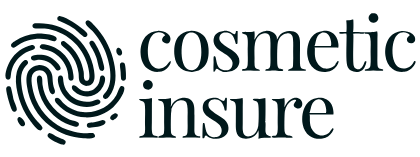Imagine you’ve discovered a small, benign skin tag on your neck and you’re wondering whether to remove it yourself or seek professional help. Removing skin tags can be safe, but the method you choose plays an essential role in minimising risks like infection or scarring. While professional options like laser treatment and cryotherapy are highly effective, over-the-counter solutions and natural remedies are also available. However, these home methods require caution to avoid skin irritation. So, how do you decide which approach is best for you?
Key Takeaways
– Professional medical procedures offer high safety and efficacy, minimising risks and providing better outcomes than home methods.
– Over-the-counter solutions like salicylic acid and cryotherapy kits are convenient but require caution to avoid skin irritation.
– Natural remedies such as tea tree oil and apple cider vinegar lack rigorous clinical evidence and can cause irritation.
– Infection prevention is crucial; sterile environments and proper aftercare minimise risks during and after removal.
– Laser treatments and professional cryotherapy are precise, quick, and have low scarring risks compared to excision.
Understanding Skin Tags
Although it might seem like a minor issue, understanding skin tags is vital for making informed decisions about your skin health. Skin tags, or acrochordons, are benign growths commonly found in areas where skin folds, such as the neck, armpits, and groyne. They’re typically small, soft, and flesh-coloured.
The exact causes of skin tags aren’t fully understood, but they’re often linked to friction, obesity, diabetes, and hormonal changes, particularly during pregnancy.
From a clinical perspective, skin tags are generally harmless. However, they can become irritated or aesthetically displeasing, prompting many to contemplate skin tag removal. It’s important to consult a healthcare professional for an accurate diagnosis, as other skin conditions can mimic skin tags.
Professional removal options include cryotherapy, excision, and cauterization, each with its own set of benefits and risks. Evidence suggests these methods are effective, provided they’re performed under sterile conditions by qualified individuals.
Understanding the underlying causes and appropriate removal methods guarantees you make the best choices for your skin’s health. Always prioritise accuracy and safety when dealing with skin tag removal to avoid complications.
Home Removal Methods
When considering skin tag removal, some people explore home removal methods as an alternative to professional treatments. One common approach is the use of natural remedies. For instance, applying tea tree oil, which has antiviral and antifungal properties, may help in drying out the skin tag over time.
Another option is apple cider vinegar, known for its acidic nature, which could potentially reduce the tag by breaking down the surrounding tissue.
However, it’s essential to exercise caution with natural remedies. They lack rigorous clinical trials, and their efficacy is mostly anecdotal. Additionally, improper application can lead to skin irritation or infection.
Lifestyle changes can also play a role in managing skin tags. Maintaining a healthy weight through a balanced diet and regular exercise can reduce the likelihood of skin tags forming, as they often develop in areas where skin folds and rubs together.
Wearing loose-fitting clothing can also minimise friction, further preventing skin tag development.
While home removal methods may offer some benefits, they aren’t universally effective and carry risks. Always consult a healthcare provider before attempting any home treatment to verify it’s safe and appropriate for your specific condition.
Over-the-Counter Solutions
Over-the-counter solutions for skin tag removal often provide a convenient and accessible option for many individuals. These solutions usually involve topical treatments that can be easily applied at home.
Products containing salicylic acid are commonly recommended due to their effectiveness in breaking down skin cells. Cryotherapy kits, which use freezing agents like liquid nitrogen, are also popular; they work by freezing the skin tag, causing it to fall off over time.
Natural remedies are another category of over-the-counter solutions. Tea tree oil and apple cider vinegar are frequently mentioned in product reviews for their purported effectiveness. However, it’s important to highlight that while these natural remedies are generally safe, their efficacy isn’t always supported by rigorous clinical studies.
When selecting an over-the-counter product, always read product reviews to gauge both effectiveness and user satisfaction. Look for products that are well-reviewed by a large number of users, as this can indicate a higher likelihood of success.
It’s also advisable to perform a patch test before full application to guarantee you don’t experience any adverse reactions. Always follow the instructions meticulously to minimise risks and maximise results.
Professional Medical Procedures
Considering professional medical procedures for skin tag removal can offer a higher degree of safety and efficacy compared to over-the-counter options. When you opt for a medical approach, you’re guaranteeing that highly trained healthcare providers handle the procedure, minimising complications and maximising outcomes.
Two of the most effective professional methods are laser treatment and cryotherapy options.
Laser treatment uses concentrated light to remove skin tags with precision. This method is quick, virtually painless, and has a low risk of scarring. It’s particularly effective for larger or more numerous skin tags, providing immediate results.
Cryotherapy options involve freezing the skin tag with liquid nitrogen. This causes the tag to fall off within a few days. Cryotherapy is minimally invasive and typically requires no anaesthesia, making it a convenient choice for many patients.
Professional medical procedures offer several advantages:
Safety: Conducted in a controlled environment by trained professionals.
Efficacy: Higher success rates compared to at-home treatments.
Precision: Targeted removal reduces the risk of damaging surrounding skin.
Aftercare: Medical guidance on post-procedure care guarantees ideal healing.
Choosing professional medical methods guarantees that your skin tag removal is both safe and effective, providing peace of mind and superior results.
Risks and Precautions
Even with professional medical procedures, understanding the risks and precautions of skin tag removal is essential for ensuring safe outcomes.
First, infection prevention is paramount. Always make sure the procedure is performed in a sterile environment. Your healthcare provider should use sterilised instruments and follow proper hygiene protocols. Post-procedure, keep the area clean and avoid touching it with unwashed hands to reduce the risk of infection.
Scarring risks are another significant concern. Different removal methods, such as excision, cryotherapy, and cauterization, carry varying levels of scarring potential. Excision might leave a small scar, while cryotherapy, which involves freezing the skin tag, can sometimes cause hypo- or hyperpigmentation.
Cauterization, which burns off the skin tag, may also result in scar tissue. To minimise scarring risks, follow your healthcare provider’s aftercare instructions meticulously. This often includes applying antibiotic ointment, keeping the area covered, and avoiding sun exposure.
Frequently Asked Questions
What Are the Potential Costs Associated With Professional Skin Tag Removal?
You’ll find professional skin tag removal costs vary widely. Cost comparison is essential. Without insurance coverage, expenses can range from £100 to £1,500 depending on the procedure. Check if your insurance covers it for accurate budgeting.
Can Skin Tags Grow Back After Removal?
Yes, skin tags can grow back after removal. The likelihood of skin tag recurrence depends on the removal techniques used. Methods like cryotherapy or excision reduce recurrence risk more effectively than over-the-counter solutions. Consult a dermatologist.
How Long Does It Typically Take for a Removed Skin Tag to Heal?
After removal, the healing timeline for a skin tag typically spans one to two weeks. Proper skin tag care, including keeping the area clean and avoiding irritation, helps guarantee a smooth and expedient recovery.
Are There Any Specific Aftercare Tips to Follow Post-Removal?
After removal, follow aftercare precautions like keeping the area clean and dry. Avoid touching or scratching to aid the healing process. Use an antibacterial ointment and cover with a sterile bandage to prevent infection and promote recovery.
Can Skin Tags Be Prevented From Forming in the First Place?
Imagine smooth, flawless skin. To prevent skin tags, focus on meticulous skin care and lifestyle changes. Maintain a healthy weight, reduce friction in skin folds, and manage diabetes. These evidence-based strategies can help keep skin tags at bay.
Conclusion
In summary, skin tag removal is generally safe when you use the right methods. Professional procedures, like laser treatment and cryotherapy, boast a 90% success rate with minimal complications, making them highly effective. At-home options, while convenient, come with risks of skin irritation. Always consult a healthcare professional to guarantee ideal results and safety. By choosing the appropriate method, you can minimise risks and achieve effective removal of skin tags.




